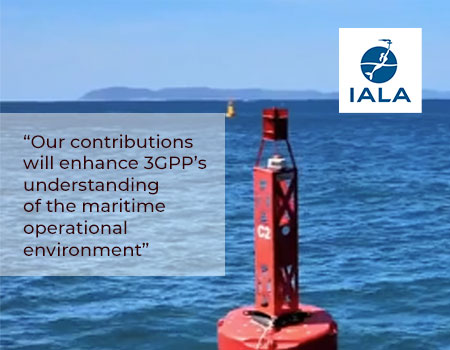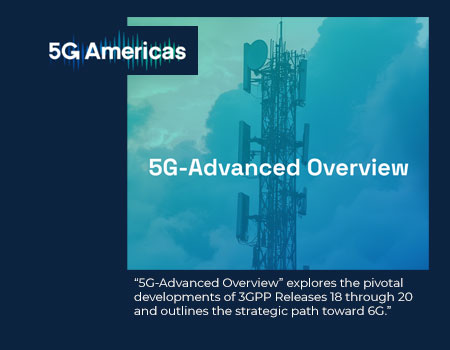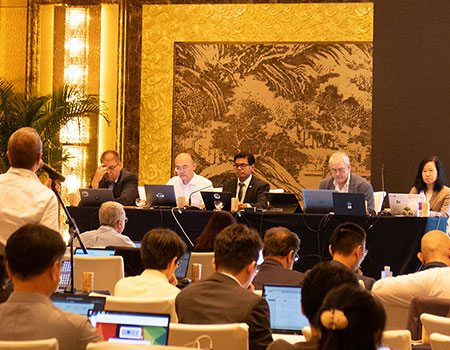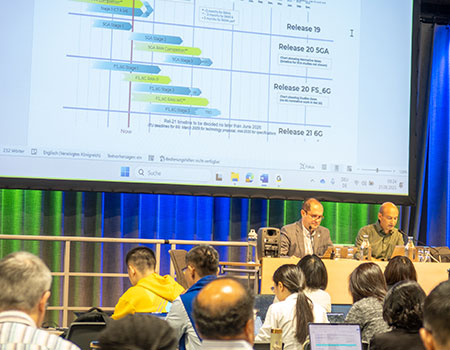New Report on Smart Antennas
Jul 20,2009
Source 3G Americas PR, June 30 2009
3G Americas has published an educational report: MIMO Transmission Schemes for LTE and HSPA Networks.
The report is intended as a tool to increase awareness of smart antenna systems – also known as multiple-input multiple-output (MIMO) technology – and help guide their deployments.
Smart antenna, or MIMO, technology is commonly defined as, the use of two or more unique radio signals, in the same radio channel, where each signal carries different digital information, or two or more radio signals that use beam forming, receive combining and spatial multiplexing (SM). Relative to a traditional 1x1 antenna system, a 2x2 MIMO system is expected to deliver significant cell throughput gain.
The MIMO Transmission Schemes for LTE and HSPA Networks report provides an overview and detailed information of the current and emerging MIMO techniques that significantly increase the performance of HSPA and LTE networks.
“Smart antenna technology has arrived and will be a vital part of mobile broadband communications,” stated Pantelis Monogioudis, Ph.D, of Alcatel-Lucent LTE-Advanced Technology Strategy. “It is an exciting time for smart antenna technology as 3GPP has provided the leading technical standards for MIMO that the industry will utilize to improve the capabilities of mobile broadband.”
MIMO was first standardized in 3GPP Release 6 (Rel-6), and was further developed in Rel-7 with spatial multiplexing for HSPA+ using Double Transmit Adaptive Array (D-TxAA). As the report highlights, the use of multiple antennas at both transmitter and receiver allows:
Substantial increase in peak data rate
Significantly higher spectrum efficiency, especially in low-interference environments
Increased system capacity (number of users)
Based on simulation results presented in the report, it was shown that the relatively simple MIMO transmission scheme based on 2x2 closed-loop SM, at low user equipment (UE) speeds, can increase by 20 percent the downlink (DL) sector spectral efficiency relative to a single antenna transmission, as well as increase the cell edge efficiency by approximately 35 percent. More advanced antenna configurations can provide benefits that are significant for users that are receiving a strong signal as well as cell edge users.
The 3GPP Rel-8 LTE specifications, completed in March 2009, included the most advanced forms of MIMO of any standard in the industry, and now, 3GPP is studying even more advanced MIMO enhancements for inclusion in 3GPP Rel-9 and Rel-10 for LTE-Advanced.
The white paper, MIMO Transmission Schemes for LTE and HSPA Networks, was written by members of 3G Americas, and is available for free download on the 3G Americas website at www.3gamericas.org.
About 3G Americas: Unifying the Americas through Wireless Technology
3G Americas is an industry trade organization composed of telecommunications service providers and manufacturers. The organization's mission is to promote, facilitate and advocate for the deployment of the GSM family of technologies including LTE throughout the Americas. 3G Americas has contributed to the successful commercial rollout of GSM across the Americas and its place as the number one technology in the region, as well as the global adoption of EDGE. The organization aims to develop the expansive wireless ecosystem of networks, devices, and applications enabled by GSM and its evolution to LTE. 3G Americas is headquartered in Bellevue, Washington, with an office for Latin America and the Caribbean in Dallas, Texas. More information is available at www.3gamericas.org.
3G Americas' Board of Governor members include Alcatel-Lucent, América Móvil, AT&T, Andrew Solutions, Cable & Wireless, Ericsson, Gemalto, Huawei, HP, Motorola, Nokia Siemens Networks, Nortel, Openwave, Research in Motion (RIM), Rogers, T-Mobile USA and Telefónica.
###
Contact:
Vicki Livingston
[email protected]
+1 262 242 3458
3G Americas has published an educational report: MIMO Transmission Schemes for LTE and HSPA Networks.
The report is intended as a tool to increase awareness of smart antenna systems – also known as multiple-input multiple-output (MIMO) technology – and help guide their deployments.
Smart antenna, or MIMO, technology is commonly defined as, the use of two or more unique radio signals, in the same radio channel, where each signal carries different digital information, or two or more radio signals that use beam forming, receive combining and spatial multiplexing (SM). Relative to a traditional 1x1 antenna system, a 2x2 MIMO system is expected to deliver significant cell throughput gain.
The MIMO Transmission Schemes for LTE and HSPA Networks report provides an overview and detailed information of the current and emerging MIMO techniques that significantly increase the performance of HSPA and LTE networks.
“Smart antenna technology has arrived and will be a vital part of mobile broadband communications,” stated Pantelis Monogioudis, Ph.D, of Alcatel-Lucent LTE-Advanced Technology Strategy. “It is an exciting time for smart antenna technology as 3GPP has provided the leading technical standards for MIMO that the industry will utilize to improve the capabilities of mobile broadband.”
MIMO was first standardized in 3GPP Release 6 (Rel-6), and was further developed in Rel-7 with spatial multiplexing for HSPA+ using Double Transmit Adaptive Array (D-TxAA). As the report highlights, the use of multiple antennas at both transmitter and receiver allows:
Substantial increase in peak data rate
Significantly higher spectrum efficiency, especially in low-interference environments
Increased system capacity (number of users)
Based on simulation results presented in the report, it was shown that the relatively simple MIMO transmission scheme based on 2x2 closed-loop SM, at low user equipment (UE) speeds, can increase by 20 percent the downlink (DL) sector spectral efficiency relative to a single antenna transmission, as well as increase the cell edge efficiency by approximately 35 percent. More advanced antenna configurations can provide benefits that are significant for users that are receiving a strong signal as well as cell edge users.
The 3GPP Rel-8 LTE specifications, completed in March 2009, included the most advanced forms of MIMO of any standard in the industry, and now, 3GPP is studying even more advanced MIMO enhancements for inclusion in 3GPP Rel-9 and Rel-10 for LTE-Advanced.
The white paper, MIMO Transmission Schemes for LTE and HSPA Networks, was written by members of 3G Americas, and is available for free download on the 3G Americas website at www.3gamericas.org.
About 3G Americas: Unifying the Americas through Wireless Technology
3G Americas is an industry trade organization composed of telecommunications service providers and manufacturers. The organization's mission is to promote, facilitate and advocate for the deployment of the GSM family of technologies including LTE throughout the Americas. 3G Americas has contributed to the successful commercial rollout of GSM across the Americas and its place as the number one technology in the region, as well as the global adoption of EDGE. The organization aims to develop the expansive wireless ecosystem of networks, devices, and applications enabled by GSM and its evolution to LTE. 3G Americas is headquartered in Bellevue, Washington, with an office for Latin America and the Caribbean in Dallas, Texas. More information is available at www.3gamericas.org.
3G Americas' Board of Governor members include Alcatel-Lucent, América Móvil, AT&T, Andrew Solutions, Cable & Wireless, Ericsson, Gemalto, Huawei, HP, Motorola, Nokia Siemens Networks, Nortel, Openwave, Research in Motion (RIM), Rogers, T-Mobile USA and Telefónica.
###
Contact:
Vicki Livingston
[email protected]
+1 262 242 3458


 Partners News
Partners News 




